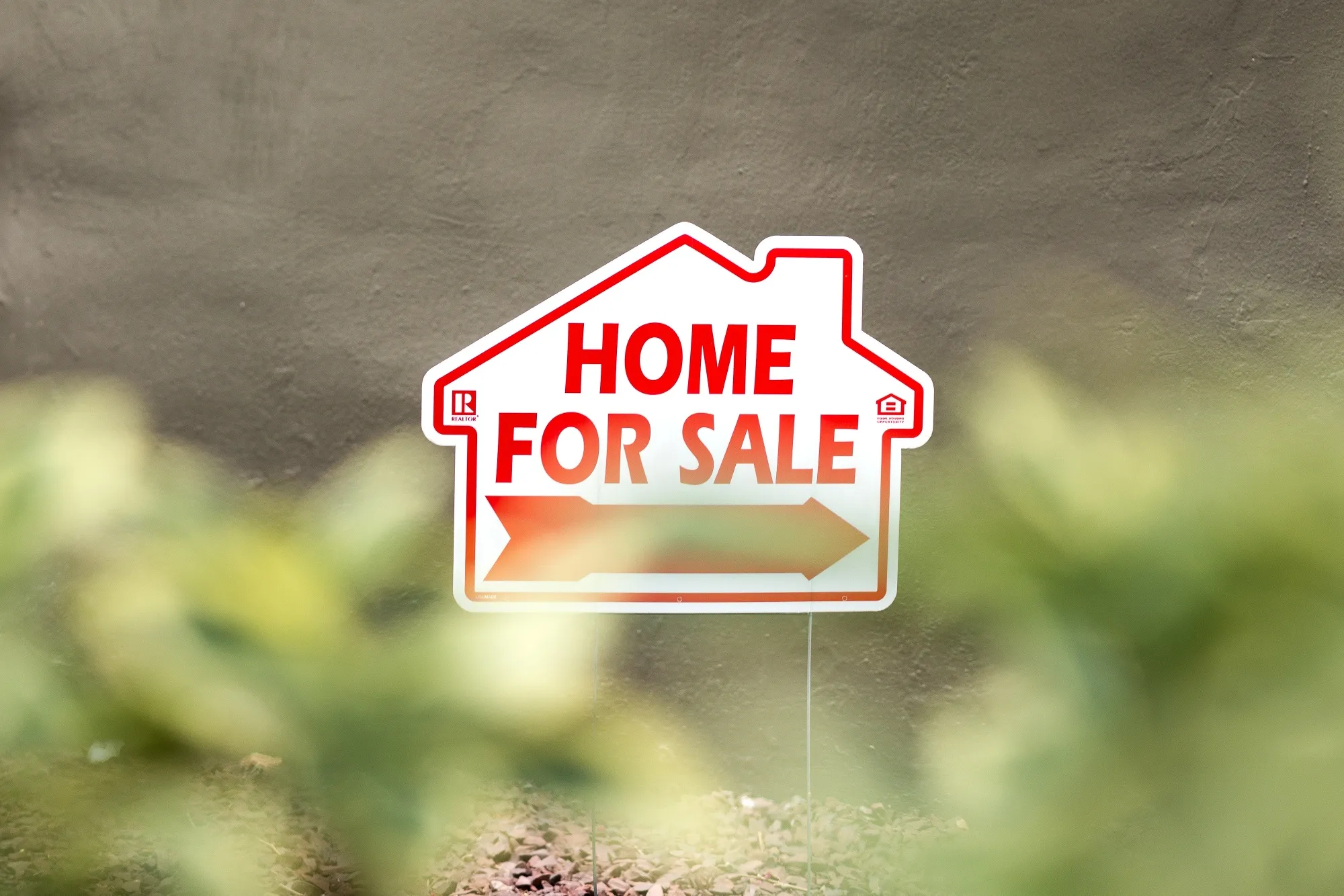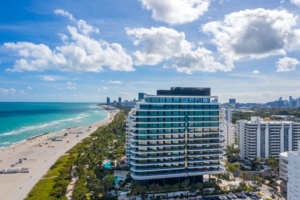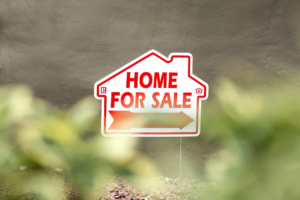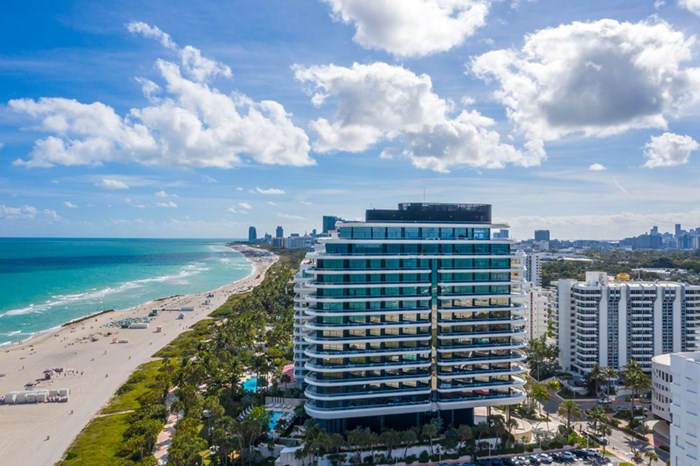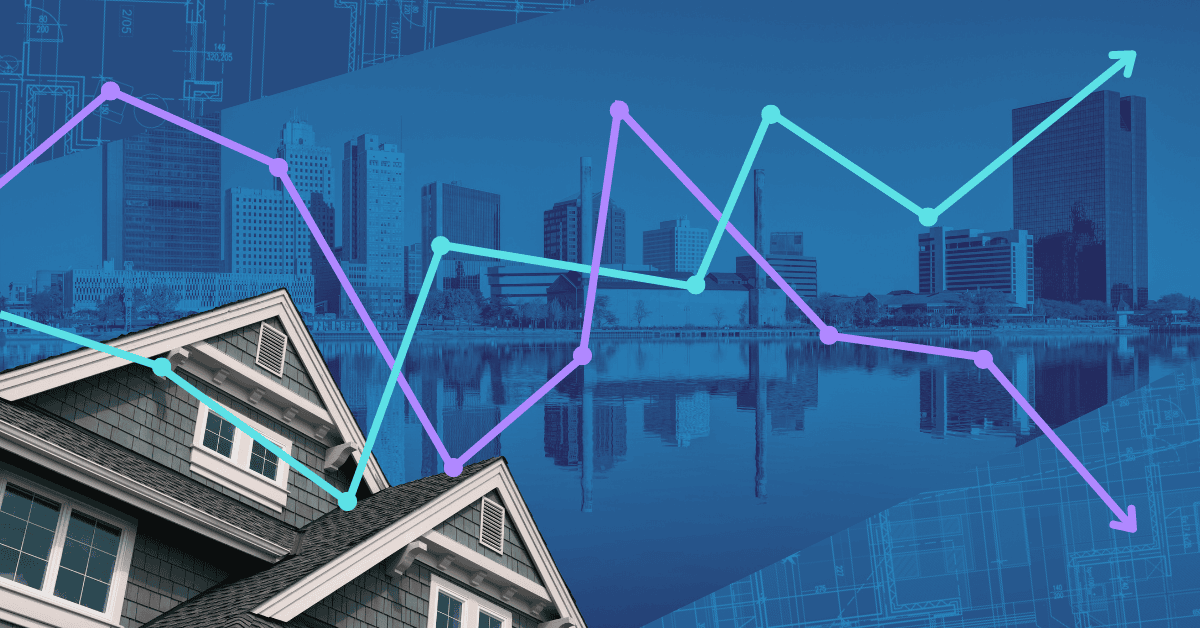South Florida's Real Estate Crisis: The Affordability Squeeze Transforming Housing Markets in 2025
The South Florida real estate landscape is undergoing a dramatic transformation as escalating costs create unprecedented challenges for residents, developers, and policymakers alike. From Miami's status as America's most rent-burdened metropolitan area to Hollywood's ambitious downtown development projects, the region presents a complex tapestry of opportunity and crisis that defines the modern housing market.
The current housing environment reflects broader economic pressures that have fundamentally altered how residents approach homeownership and rental decisions. The overall median sales price is projected to increase 6.5% in 2025, with the median single-family sales price accelerating to 9.7%, creating additional barriers for prospective buyers already struggling with elevated mortgage rates and limited inventory.
Hollywood's Development Paradox: Building Up While Pricing Out
Hollywood's downtown transformation represents both the promise and peril of South Florida's development strategy. The city has embarked on an aggressive apartment construction campaign, with luxury complexes like Soleste Hollywood Blvd at 2001 Hollywood Blvd towering over existing neighborhoods. These developments aim to address the housing shortage, yet they paradoxically contribute to the affordability crisis they're meant to solve.
The disconnect between development goals and market realities creates a challenging environment for city planners. While new construction increases overall housing stock, the emphasis on luxury amenities and premium locations often prices out the very residents who need affordable housing options most. This phenomenon reflects a broader trend across South Florida, where development activity remains robust but fails to address the core affordability challenges facing middle and lower-income households.
Local officials recognize that traditional market-rate development alone cannot solve the housing crisis. The city's attempt to balance developer incentives with affordable housing requirements has yielded mixed results, highlighting the need for more innovative approaches to housing policy. The South Florida real estate market in 2025 is poised for some significant changes. With strong demographic trends and an improving economy as the backdrop, price appreciation will be gradual, but distinct.
Miami's Rent Burden Emergency: When Housing Costs Consume Income
Miami has earned the dubious distinction of being America's most rent-burdened metropolitan area, with residents dedicating disproportionate portions of their income to housing costs. The average apartment rent in Miami, Florida is $2,645 to $2,733, significantly exceeding national averages and local income levels.
The rent burden crisis extends beyond mere statistics, affecting real families struggling to maintain financial stability. Stories like that of Stephania Germain, a 24-year-old single mother on Section 8 housing assistance, illustrate the human cost of this crisis. Despite receiving housing vouchers, many residents find themselves unable to save money or invest in their futures as housing costs continue to outpace income growth.
The median rent for all bedrooms and all property types in Miami, FL is $3,285, though rent has decreased by $315 compared to the previous year. This slight decrease provides minimal relief in a market where housing costs remain fundamentally misaligned with local wage structures.
The psychological and economic stress of rent burden extends beyond individual households, affecting community stability and economic growth. When residents spend excessive portions of their income on housing, they have less money for consumer spending, education, healthcare, and savings, creating broader economic ripple effects throughout the region.
Innovative Solutions: From Dead Malls to Affordable Housing
Florida's Gulf Coast presents an intriguing model for addressing housing shortages through adaptive reuse projects. The transformation of the former DeSoto Square Mall site into affordable apartment housing demonstrates how communities can repurpose underutilized commercial properties to meet pressing housing needs.
This approach offers multiple benefits beyond simply increasing housing stock. Converting former retail spaces reduces urban sprawl, utilizes existing infrastructure, and can provide more cost-effective development opportunities compared to greenfield construction. The DeSoto Square project represents a growing trend of creative solutions to housing challenges that other South Florida communities might replicate.
Adaptive reuse projects also address environmental concerns by reducing demolition waste and preserving embodied energy in existing structures. As climate consciousness grows and construction costs rise, these projects offer sustainable alternatives to traditional development patterns while addressing community housing needs.
The success of such projects depends heavily on local zoning flexibility, developer incentives, and community support. Municipalities that embrace innovative housing solutions while maintaining appropriate quality standards can create models for other communities facing similar challenges.
The Hidden Costs: Zombie Properties and Market Inefficiency
The zombie house phenomenon adds another layer of complexity to South Florida's housing market. These vacant, unmaintained properties create neighborhood blight while representing lost housing opportunities in a region facing severe shortages. Property owners, often unaware of their responsibilities, face mounting costs and potential legal consequences while these homes deteriorate.
Zombie properties typically emerge from foreclosure processes, estate complications, or absentee ownership situations. Their presence affects surrounding property values and community stability, creating negative externalities that extend beyond individual property lines. Local governments spend significant resources on code enforcement, maintenance, and legal proceedings related to these properties.
Addressing the zombie property crisis requires coordinated efforts between financial institutions, legal systems, and local governments. Some communities have implemented aggressive acquisition and rehabilitation programs, while others focus on prevention through improved property management requirements and owner education initiatives.
The resolution of zombie properties could provide valuable housing stock in established neighborhoods, offering an alternative to new construction in addressing housing shortages. However, rehabilitation costs and legal complexities often make these properties challenging to return to productive use.
Market Dynamics and Future Projections
The Florida housing market is anticipated to stabilize in 2025, with gradual price appreciation returning by 2026, supported by strong demographic trends and a recovering economy. However, this stabilization offers limited comfort to residents already struggling with housing costs that have outpaced income growth for years.
The luxury segment continues to drive much of the market activity, with $1M nets you at least 60 square meters of prime property, according to the 2024 Knight Frank The Wealth Report in Miami. This concentration of high-end activity masks underlying affordability challenges affecting the majority of residents.
Employment growth projections offer some reason for optimism. The employment rate is expected to climb to 2.4%, up from 1.4% in 2024. This means an addition of 80,000 jobs in Miami-Dade County. However, job growth alone cannot solve the housing crisis without corresponding increases in housing supply and affordability measures.
Interest rate trends will significantly influence market dynamics throughout 2025. Predictions suggest mortgage rates might decline to as low as 5% by the end of 2025, fostering an environment ripe for investment in real estate. Lower rates could stimulate buyer activity but might also contribute to continued price appreciation.
Insights: Understanding South Florida's Housing Crisis
What makes Miami the most rent-burdened metro area in America?
Miami's rent burden stems from a combination of factors: high rental costs averaging $2,600-$3,200 monthly, stagnant wage growth relative to housing costs, limited affordable housing inventory, and strong demand from both domestic and international renters. When residents spend more than 30% of their income on housing, they become cost-burdened, and Miami leads the nation in this metric.
How effective are luxury apartment developments in addressing Hollywood's housing shortage?
While luxury developments increase overall housing stock, they primarily serve higher-income residents and may not address affordability challenges for middle and lower-income households. These projects can contribute to gentrification pressures while failing to provide housing options for essential workers, teachers, and service industry employees who form the community's economic backbone.
What role do zombie properties play in South Florida's housing crisis?
Zombie properties represent missed opportunities in a housing-constrained market. These vacant homes could provide valuable housing stock if properly rehabilitated, but legal complications, maintenance costs, and ownership issues often prevent their return to productive use. They also create neighborhood blight that affects surrounding property values and community stability.
Can adaptive reuse projects like the DeSoto Square Mall conversion scale to address regional housing needs?
Adaptive reuse projects offer promising solutions but face scaling challenges including zoning restrictions, financing complexities, and site-specific limitations. While they cannot single-handedly solve the housing crisis, they represent valuable tools in a comprehensive housing strategy that includes new construction, affordability programs, and policy reforms.
How do current market projections affect affordability for average South Florida residents?
Current projections suggest continued price appreciation and modest rental cost stabilization, which provides little relief for cost-burdened residents. Employment growth may help some households, but without corresponding increases in affordable housing supply and policy interventions, the affordability crisis is likely to persist through 2025 and beyond.
What innovative financing or policy solutions could address South Florida's housing affordability crisis?
Potential solutions include inclusionary zoning requirements, community land trusts, employer-assisted housing programs, tax increment financing for affordable housing, and public-private partnerships. However, successful implementation requires political will, community support, and coordination between multiple stakeholders including developers, employers, and government agencies.

